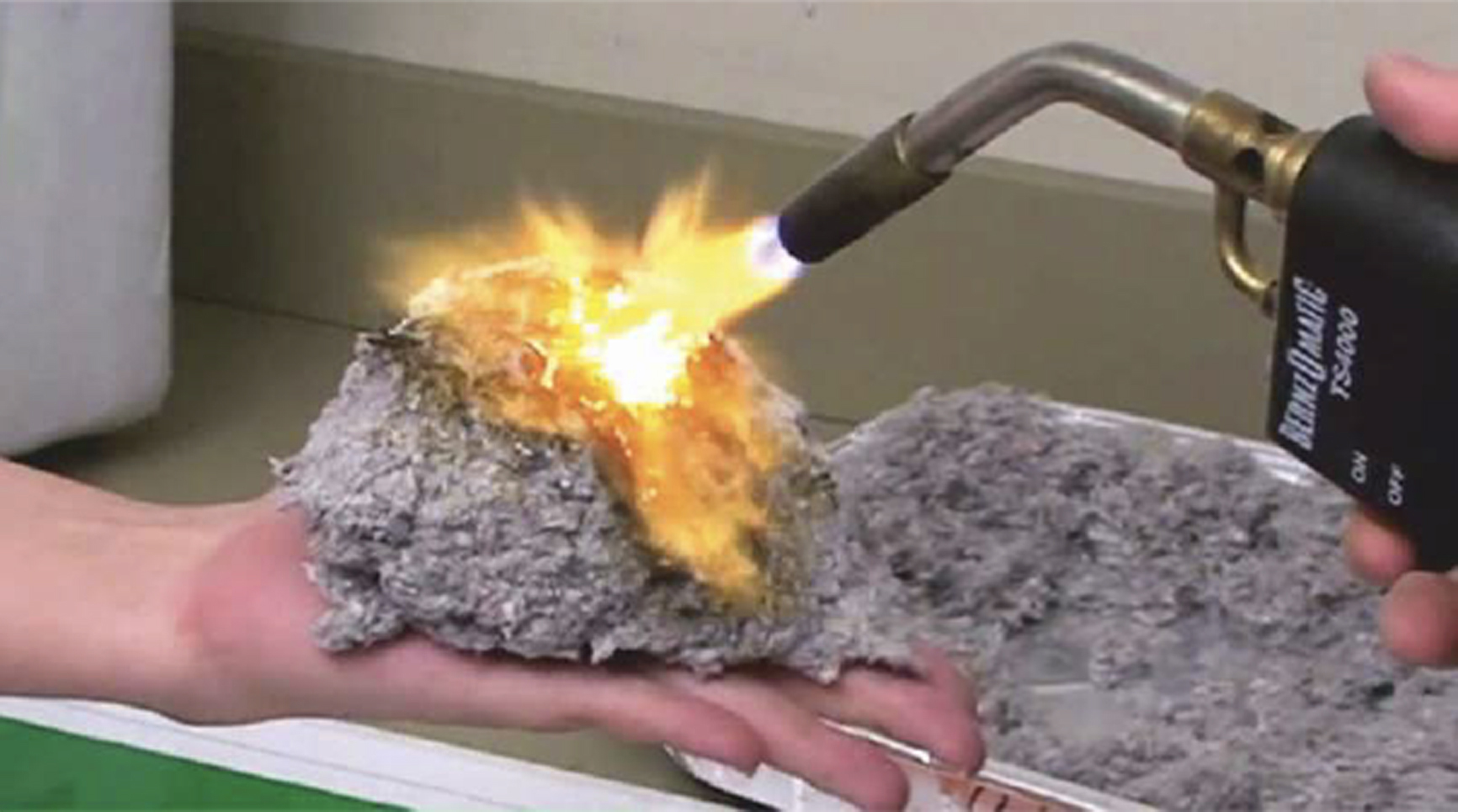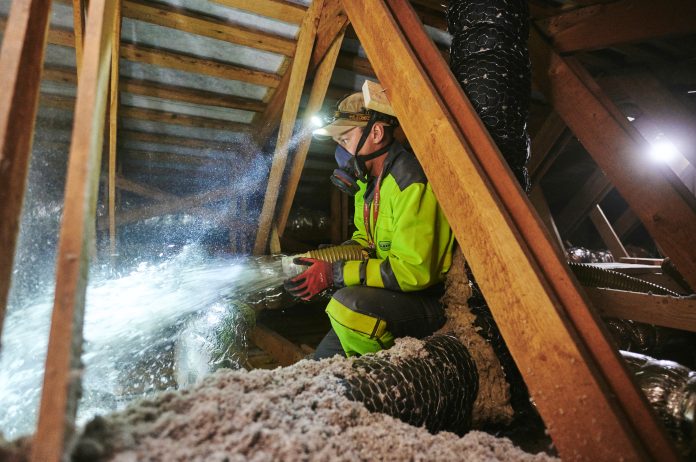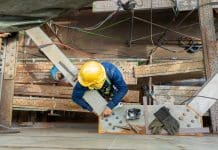Along with being well suited to the soundproofing of walls and ceilings, the utilisation of cellulose insulation means workers can restore incorrectly installed insulation without ceiling removal
The material known as cellulose allows the completion of non-invasive repair to thermally insulated roofs across a wide range of applications and so much more.
Understanding the benefits of cellulose wool and cellulose insulation
Cellulose is versatile and easy to use.
During the repair of insulation, our installer makes use of a set of tools – nozzles and lances – which allow access to any space requiring insulation. This installation method can be used in confined cavities, provided that the boarding structure is strong enough to
withstand the air pressure.
In cold seasons, the installer can also use a thermal camera, which serves to discover thermal bridges in relation to different temperatures inside and outside the building.
Cellulose wool is very fine and can seamlessly fill all spaces, even the tightest and hardest to access. In addition to this, cellulose eliminates damp and even draws it out of old insulation at the same time as sealing it.
Most importantly, the roof structure is able to maintain correct ventilation – so cellulose wool really takes care of eliminating mould.
Installation and repair do not demand a great deal of time or dismantling of ceilings when utilising cellulose. We make use of professional solutions, which help to remove any defects in existing insulation, as well as guarantee the correct sealing of newly erected buildings.
In order to carry out repairs, our installer makes a hole in the plasterboard from 4cm-6cm. Next, the material is blown in under pressure using a special nozzle – and that’s it! Several centimetres of compacted cellulose layers guarantee a warm and cosy space.
In the case of lofts used for storage, we can also offer to add extra insulation between the rafters by creating a technical cavity with a dedicated intelligent vapour barrier called Intello, provided by a high-end German manufacturer of specialist air-tightness systems, Proclima.
Specific properties of cellulose wool:
- Made of renewable resources without the use of gas or coal
- No irritating needles
- Seamless
- Easy to install
- No waste
- No need for a vapour barrier
- A healthy environment
- No mould growth
- Better insulation during heatwaves.
- Soundproofing
- Manufactured with renewable
(non-fossil) resources - Works as a fire break
- Endurance
Creating a safer form of insulation for buildings and construction workers
Although cellulose is made from paper, it has the power to work as a fire break.
When subjected to fire, the material only chars and does not produce any toxic substances.

Best of all, cellulose insulation WILL NOT MELT like other synthetic insulation materials, making it invaluable to the building sector.
Thanks to its density, this form of insulation has the ability to withstand high temperatures, delaying the combustion of a building’s structure.
These characteristics are key to the proper and safe evacuation of a building.
In the image above, you can see another advantage of fitting cellulose wool. As
shown, the person holding a portion of the material can do so without the risk of burning themselves, as they would normally if they were to hold a piece of traditional wool.
Termex Ireland
+353 3838 289440
Termex UK
+44 (0) 7471 318135
*Please note: This is a commercial profile.

















